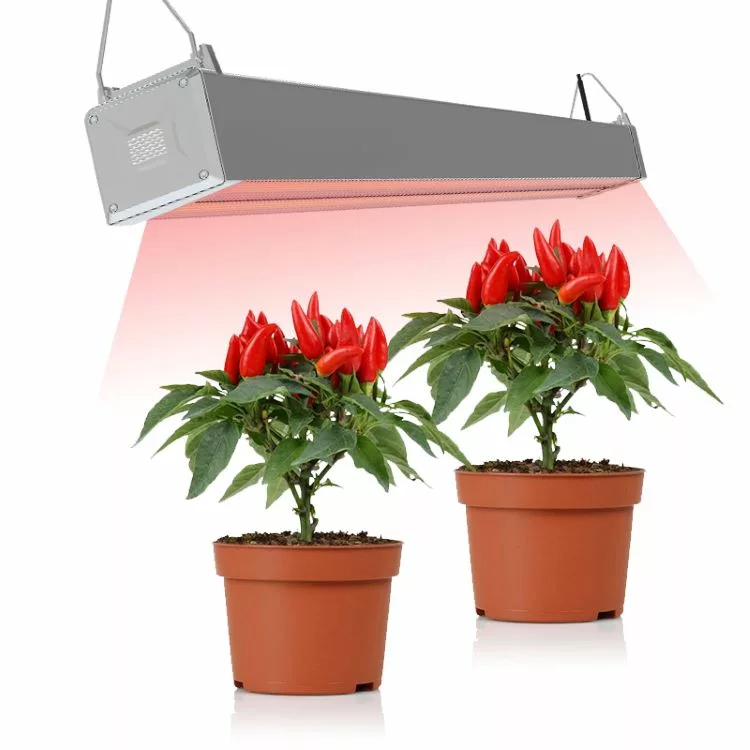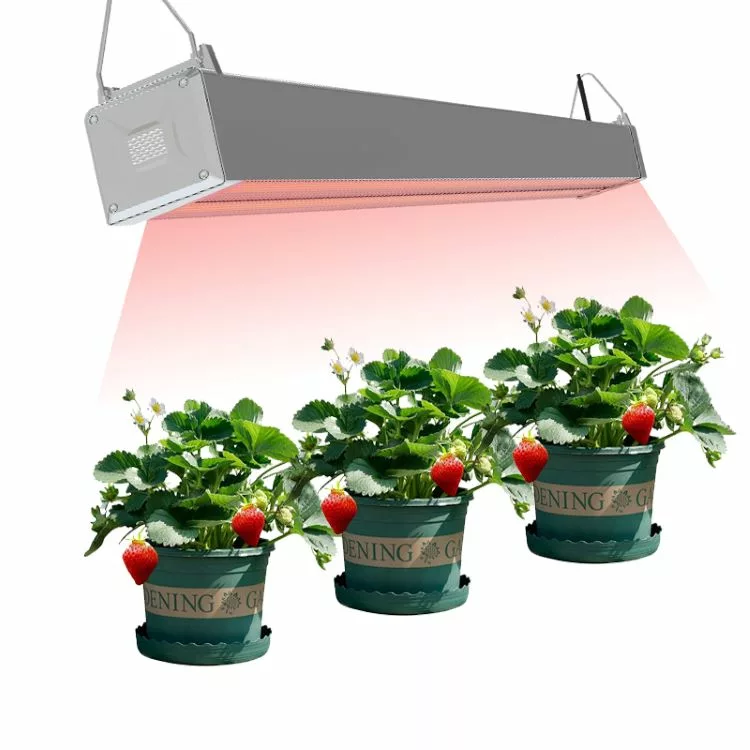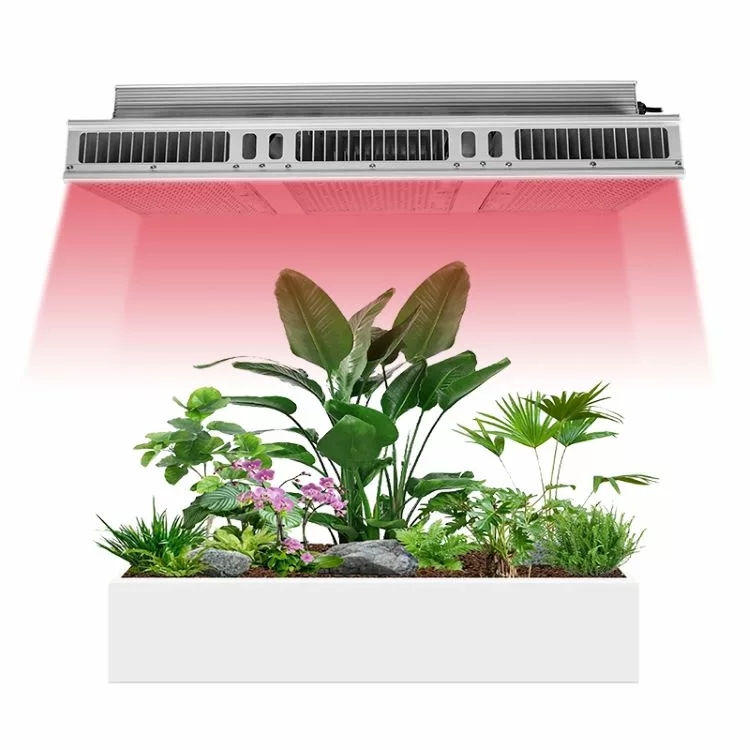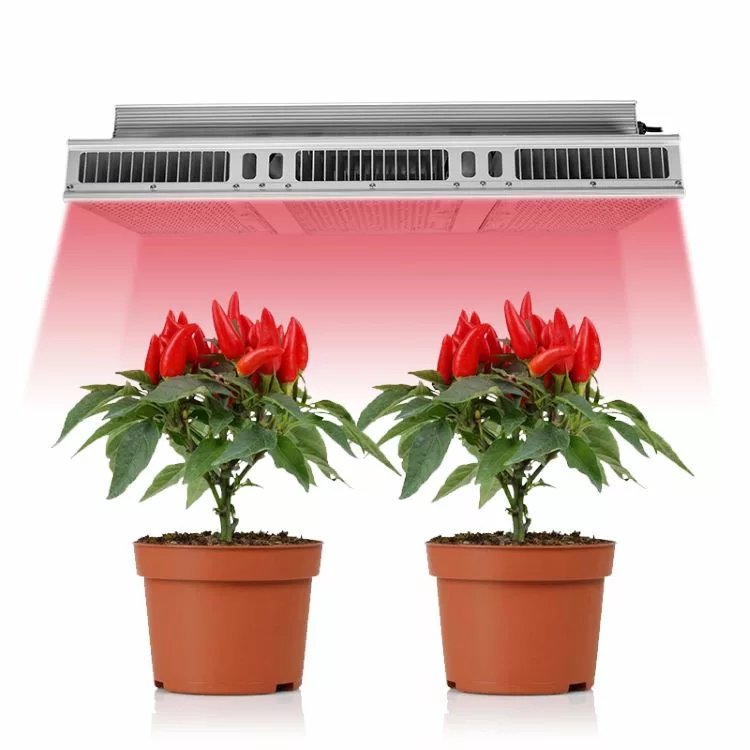LED lighting technology has revolutionized indoor farming, particularly vertical farming. LED lighting is a technology with great potential in vertical farming. It can help improve crop yields and quality, reduce operating costs, improve energy efficiency, and reduce carbon emissions. Let's break down the benefits of LED lights and the key areas vertical farm contractors find most interesting.
Advantages of LED Lighting
LED lights are champions of energy efficiency. Compared to traditional lights, they produce more light while consuming significantly less power. This translates to substantial cost savings on electricity bills for vertical farm contractors.
LED lights boast extended lifespans, typically lasting over 50,000 hours. This reduces frequent replacements, minimizing maintenance costs and downtime for vertical farming operations.
Unlike traditional grow lights, LEDs emit specific wavelengths of light crucial for plant growth. This allows vertical farm contractors to tailor the light spectrum to optimize plant growth and development for different crops.
LED lights generate minimal heat compared to traditional grow lights. This helps maintain optimal temperatures within the vertical farm environment, reducing the need for additional cooling systems and lowering energy consumption.
Why Vertical Farm Contractors Love LED Lighting
Enhanced Crop Yields. The precise light spectrum control of LEDs promotes efficient photosynthesis, leading to higher crop yields for vertical farms.
Improved Crop Quality. Tailored LED lighting can enhance the quality of crops grown in vertical farms. This can include factors like increased vitamin content, better taste, and improved visual appeal.
Year-Round Production. LED Greenhouse Grow Light enables vertical farms to operate independent of sunlight, allowing for consistent crop production throughout the year.
Reduced Environmental Impact. The energy efficiency of LEDs translates to lower carbon footprints for vertical farms. Additionally, reduced reliance on pesticides due to controlled environments can further benefit the environment.


How to Improve crop yield and quality
Choosing good varieties. Choose varieties that are suitable for local climatic conditions, strong resistance to diseases and pests, high yield and good quality.
Scientific planting. Reasonable dense planting, timely sowing, scientific fertilization, timely irrigation, pest control, etc.
Use of advanced technology. Use modern agricultural technology, such as soil testing and formula fertilization, water-fertilizer integration, intelligent management, etc., to improve the planting level.
How to Reduce operating costs
Scale production. Expand the scale of production to dilute costs.
Mechanized operation. Adopt mechanized operation to improve labor efficiency and reduce labor costs.
Cost saving and efficiency enhancement. Strengthen cost management, reduce waste and improve resource utilization efficiency.
How to Improve energy efficiency
Use energy-saving equipment. Choose energy-saving agricultural machinery and lighting equipment.
Optimize energy structure. Increase the use of renewable energy.
Strengthen energy management. Establish energy management systems and improve energy utilization efficiency.


How to Reduce carbon emissions
Reduce the use of chemical fertilizers and pesticides. Apply organic fertilizers and bio-pesticides to reduce the use of chemical substances.
Develop energy-saving agriculture. Promote water-saving irrigation, agricultural machinery and emission reduction technologies to reduce carbon emissions during agricultural production.
Planting trees. Increase the area of forests to absorb carbon dioxide.
